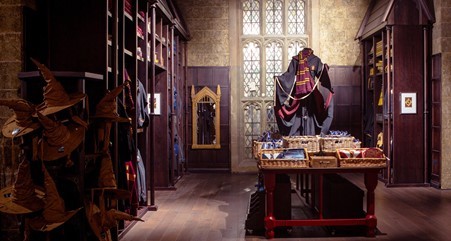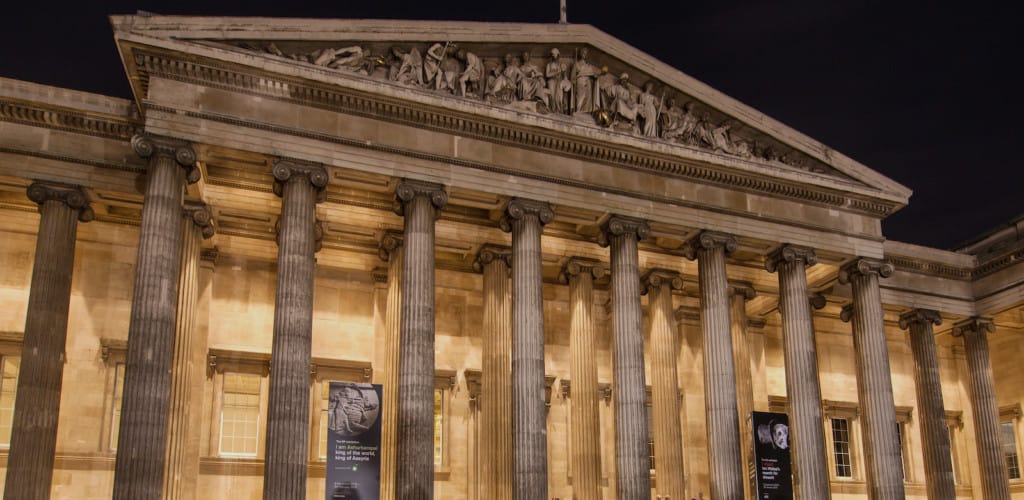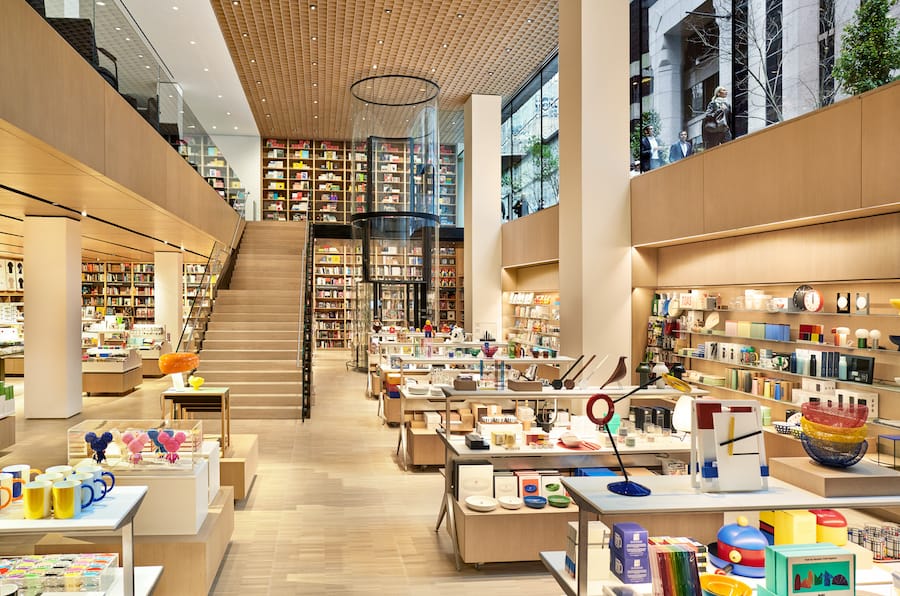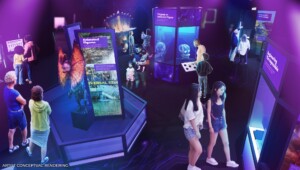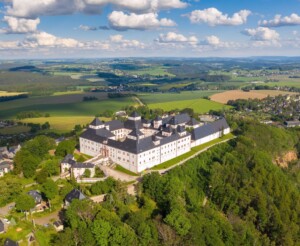By Callum Lumsden, Lumsden Design
The pandemic is forcing museums and attractions to get creative about the ways in which they reconnect with their audiences – and bring new demographics through the door
Back in the day, municipal museums were built to look like palaces. These awesome, cathedral-like spaces with marble floors and imposing doors. They were all about important personal collections and even more important audiences.
Thankfully things have moved on. The conversation today centres around accessibility, combating ‘threshold fear’, and making these spaces more welcoming and inclusive. Rather than stuffy ‘curators of culture’, the dream has long been to make these attractions part of the fabric of daily life.
And there has been some success. Look at The British Museum. Built in the 1750s, it has four vast wings and 43 Greek temple-inspired columns. These were all designed to celebrate ‘the wondrous objects housed inside’ and convey a sense of national importance.
Yet today, with its Great Court (designed by Norman Foster in 2000) filled with shops and eateries, it has something for everyone. Those wanting to absorb the two million years’ worth of culture within, and those who want to take in a smaller collection, perhaps with the kids, and then enjoy something to eat and drink, or a little retail therapy.
But where so many institutions still miss a trick is in creating cohesive, ‘whole brand’ experiences that appeal to all-comers, however they choose to access a space. Yes, they may have bolted on a museum shop, or even somewhere to have a coffee. But so often they fail to match up to the overall experience. It risks coming across as a bit of an afterthought – and doing nothing to make people with different priorities and needs feel welcome.
Creating a whole brand experience
The best museums and attractions are in the business of providing absorbing, immersive experiences. Ones that cater to as wide a demographic as possible. Collections and shows are carefully themed to carry people through in a seamless fashion.
Yet, all too often, usually due to budget constraints, when it comes to retail, food and beverage and other ancillary spaces, guests, fans and visitors must leave the moment. The magic is over. Many spaces will have paid lip service to the ‘whole brand’ feel. But so much more could be done to keep people in the moment and elevate their experience.
It’s a missed opportunity not to. Budget restraints aside, making these areas part of a whole brand experience – and keeping visitors in the moment – has the power to generate footfall, repeat business and income. It is also an opportunity to amplify brand messaging and turn visitors into advocates. This is something that is so essential in the social media age.
The best compliment I ever received was when someone told me that they hadn’t realised they had arrived in the museum shop that we designed for The Making of Harry Potter, a walk-through exhibition and studio tour in Leavesden. There were no barriers and the décor mirrored that of the main space. So no one had to leave the Wizarding World.
Welcoming all-comers with open arms
At its heart, creating whole brand experiences is about welcoming everyone with open arms, doing away with ‘that’s not for me’ thinking. It’s about innovating, getting creative and finding ways to connect with communities. And, of course, it’s about driving cultural commerce.
It responds to the fact that the concept of a museum and its role in society has evolved dramatically. Museums are no longer just a venue for those seeking to develop their educational and cultural expertise. The most successful institutions now offer a variety of flexible social spaces that appeal to a broad visitor audience.
At the Schlossmuseum in Linz, Austria, we’re currently transforming the entrance hall of the 12th-century castle into a living experience to support the museum’s artefacts. It’s part of a move to revive the museum’s fortunes and reconnect with the local community.
Artisans will demonstrate the techniques that were used to create the ancient objects that lie within – weaving, wood-turning, pot-throwing, etc. People can watch, maybe even have a go, and then buy. And the pop-up style is flexible enough that operators can change it to complement new exhibitions.
As well as encouraging people to attend venues with offers of interactive displays, retail and ancillary spaces can serve to tell a wider story about the local area. Live music, wine tastings and talks, for example, add colour and provide a more immersive experience.
The OMM in Turkey found a nice way to make a connection between itself and its community. Local makers have created all the cutlery and crockery in its restaurant areas. It is a lovely touch that roots the museum in its environment.
The rise and rise of flexible spaces
Whether connecting with communities takes the form of cafés, restaurants and bars, engaging retail spaces that draw shoppers away from the high street and through the museum doors, or open flexible venues that can be used for a multitude of social and educational activities, the make-up of our museums is changing.
The V&A Dundee, which opened at the end of 2018, provides a strong example of the effectiveness of this approach. This expansive venue now has a series of free, open and inspiring spaces. These allow the local community and tourists to meet, relax and enjoy museum culture. From the highly flexible café and shop to the second-floor restaurant which looks out over the River Tay, each social space within the museum is carefully crafted to invite visitors to linger, socialise and explore.
In its first year, visitors to the museum were worth £21 million to the Dundee economy. They were also worth £75 million to the overall Scottish economy. This far exceeds the predicted impacts of £10 million in Dundee and £23 million across Scotland. And it can be attributed to a huge boost in visitor numbers.
Of course, we’re on a roller coaster at the moment. We have no idea what will happen in Q4, at Christmas or next year. But what we know for certain is that to drive growth and boost numbers, we need to be more creative and responsive to the needs of consumers, whatever their motives for visiting attractions.
